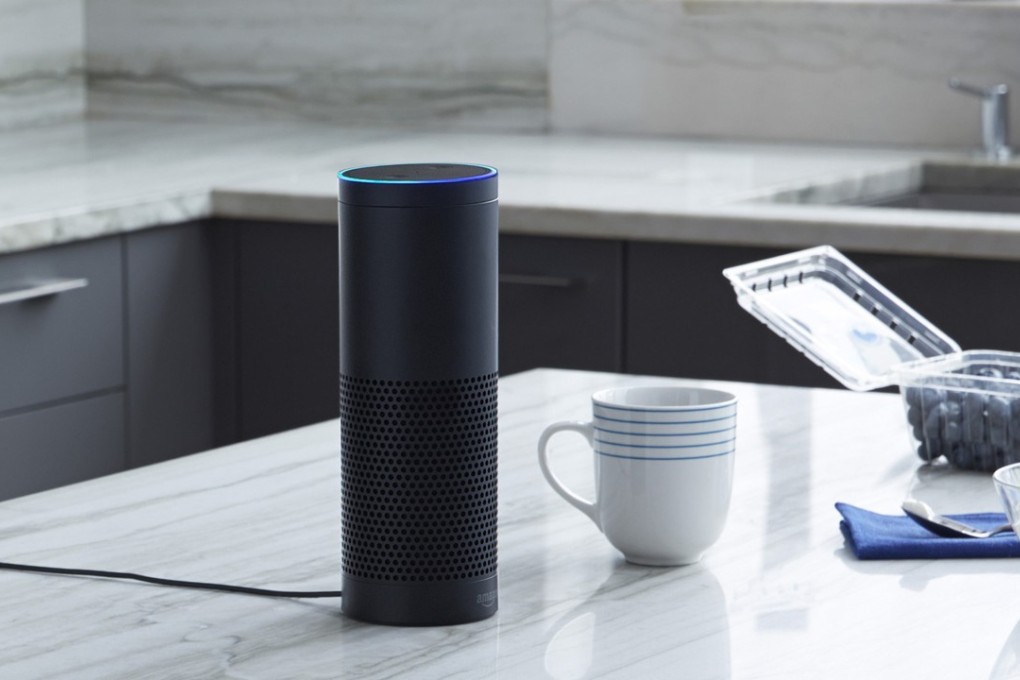Let’s not become slaves to algorithms
Design a marketing strategy that wins over the algorithm – that sits between the brand and your customer – so that your product stands out

How much of your holiday shopping this year did you do online? Did you go online, with a specific product in mind and purchase precisely what you wanted? Or did you outsource the thinking and ask Alexa to do your shopping for you?
For more than a decade, organisations have focused on search as a key discovery mechanism in digital, but with the emergence of new interfaces, such as messaging, chatbots, and voice powered by artificial intelligence, customers have new ways to explore their possibilities.
For example, in 2017, Amazon Alexa began buying for users. If you ask her for a product, without specifically naming the brand, you get what she orders based on algorithms.
Algorithms do not notice (nor do they care about) branding efforts, celebrity endorsements, or publicity campaigns and there’s a very real possibility they’ll soon sit squarely between an organisation and its customers.
This poses a potential problem for consumer-packaged goods and retailers. If there is no longer a physical place where a brand might exist and come to life for consumers, how will brands connect with shoppers?
Managers must learn to navigate and engage with the algorithms and face facts about their brands. Brands dependent on visual cues in an auditory world where voice enabled recommendations and transactions are the norm may suffer
As the algorithms behind those interfaces become evermore powerful, their impact on marketing grows exponentially, especially in the product space where optimising for algorithms will soon became an important task.